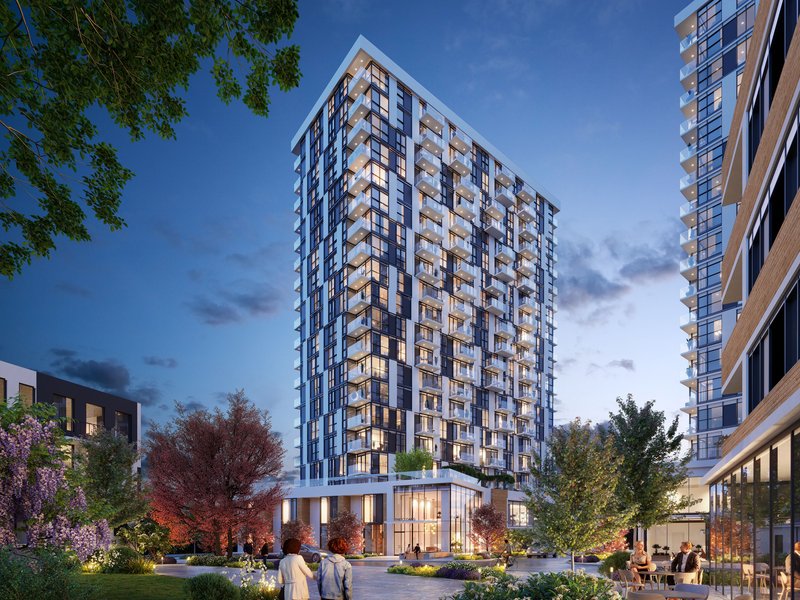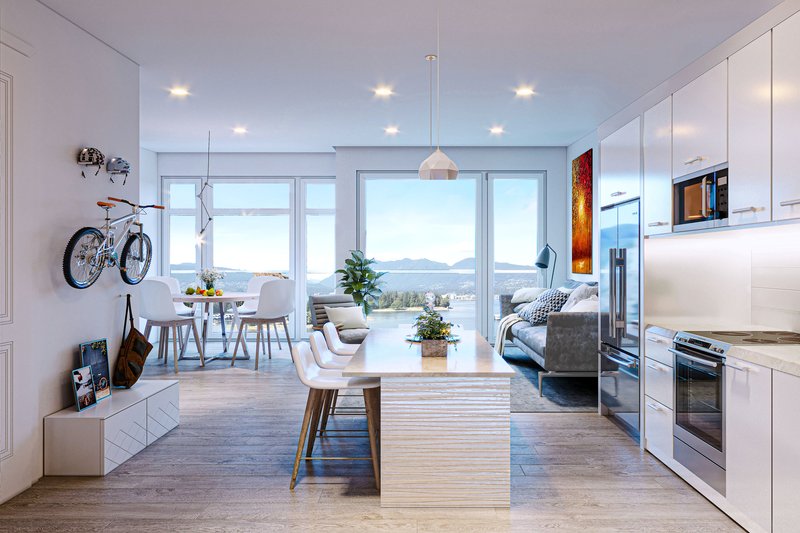Visualizing the Unbuilt: 3D Rendering as a Powerful Tool for Property Developers Pre-Selling
In the complex and competitive realm of property development, the pre-selling of properties, particularly off-plan ones, presents a distinctive set of challenges. These properties exist merely as blueprints and conceptual plans, posing a significant hurdle in helping potential buyers visualize the completed structure. However, technological advancements have provided a formidable solution as 3D rendering. This innovative tool has revolutionized how architectural plans are brought to life, significantly aiding clients in visualizing the unbuilt and streamlining the pre-selling process.
The Challenges of Property Pre-Selling
Selling properties that are still in the conceptual or construction phase demands a high level of trust and imagination from potential buyers. The absence of physical structures to inspect or experience leaves much to the imagination. Traditional methods like two-dimensional blueprints and artist's sketches, while useful, often fall short of conveying the full potential of a property. They can limit in illustrating how spaces connect, how design elements interact, and the overall flow of the property.
The Power of 3D Rendering
3D rendering stands out as a transformative solution in this context. It converts blueprints and architectural plans into lifelike 3D visuals, offering developers and real estate professionals a powerful medium to represent the future structure comprehensively.
Better Visualization and Immersion

One of the most striking advantages of 3D rendering is its ability to provide photorealistic views of both exteriors and interiors. These renderings can showcase intricate architectural details, finishes, fixtures, and even proposed furnishings in vivid detail. They can be explored from multiple angles, offering potential buyers a well-rounded understanding of the property. Virtual tours, created from these 3D models, enable buyers to virtually "walk through" the property. This immersive experience often proves more effective than static images in conveying the look and feel of the proposed space.
Enhanced Customization and Flexibility
3D rendering excels in customization and flexibility. Developers can effortlessly present various versions of a property, illustrating different finishes, fixtures, or potential upgrades. This versatility is invaluable in helping potential buyers envision the property tailored to their preferences and requirements.
Speed, Efficiency, and Marketing Advantage
The process of creating 3D renderings is typically faster and more efficient than constructing physical models or detailed mock-ups. Modifications can be implemented swiftly, facilitating a more dynamic and responsive pre-selling strategy. This efficiency not only speeds up the marketing process but also enables developers to adapt quickly to market trends or feedback.
Cost-Effectiveness
While creating high-quality 3D renderings involves investment, it is often more cost-effective compared to traditional marketing techniques. Physical models and fully furnished show homes are not only expensive to construct and maintain but are also limited in their utility. 3D renderings are versatile digital assets that can be leveraged across diverse marketing platforms, including websites, email campaigns, social media, and even virtual reality experiences.
Increased Buyer Confidence

Perhaps the most significant benefit of 3D renderings lies in their ability to boost buyer confidence. By providing a realistic and detailed preview of the unbuilt property, these renderings address many uncertainties and apprehensions associated with off-plan purchases. They enable potential buyers to make informed decisions, increasing their comfort level with investing in a property that is yet to materialize.
Conclusion
In the dynamic world of property development, 3D rendering has emerged not just as a tool, but as an indispensable asset for pre-selling. It equips developers to overcome the inherent challenges of selling unbuilt properties by offering superior visualization, customization, efficiency, and cost-effectiveness. It plays a pivotal role in enhancing buyer confidence. As 3D rendering technology continues to evolve and become even more sophisticated, its significance in the pre-selling process and overall property marketing is poised to grow, cementing its status as a cornerstone of modern real estate development strategies.
Our Services
View some of our most popular services below.











